Explanation
The Boryeong Beach Special Tourist Zone consists of three major attractions: Daecheon Beach, Muchangpo Beach and Jukdo Island.
The 3.5-kilometer-long, 100-meter-wide Daecheon Beach is popular as the main venue for the annual Boryeong Mud Festival, which attracts about 2 million domestic and international tourists every year. The soft, white sand and lush pine trees also make this an ideal beach to visit for a walk. Various accommodations can easily be found here since the area has been a popular tourist destination for quite some time.
Located south of Daecheon Beach, Muchangpo Beach is where visitors can witness a sea-parting phenomenon in the summer. The 1.5-kilometer “Mystic Sea Road” between Muchangpo Beach and Seokdaedo Island reveals itself when the water levels go down due to the difference in the ebb and flow of the tides. During the sea parting, visitors will be able to catch clams, crabs and shellfish. The beach also offers a breathtaking view of the sunset.
Jukdo Island is located midway between Daecheon Beach and Muchangpo Beach. This unpopulated fishing island is known for its dense groves of bamboo trees. The waters in front of the island are clean and full of fish, drawing a large number of visitors for sea fishing.
Inquiry
+82-41-932-2023
Homepage
Information Use
Contact and Information : • 1330 Travel Hotline: +82-2-1330
(Korean, English, Japanese, Chinese)
• More info: +82-41-932-2023
Parking facilities : Available (29 parking lots around the tourist zone)
More information
Restrooms
Available
Available Facilities
Tourist information center, interpretation center, amusement park, ferry tour, family hotel, souvenir shop, etc.
Interpretation Services Offered
- Brochures available (English, Chinese)
- Interpretation services available during festival period
Location
Boryeong-si, Chungcheongnam-do
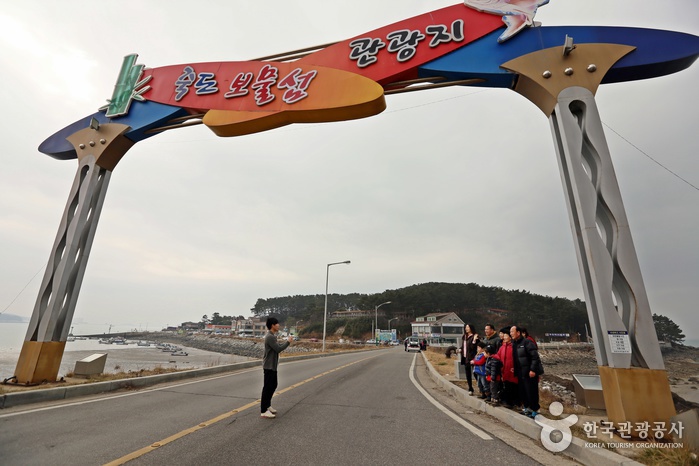
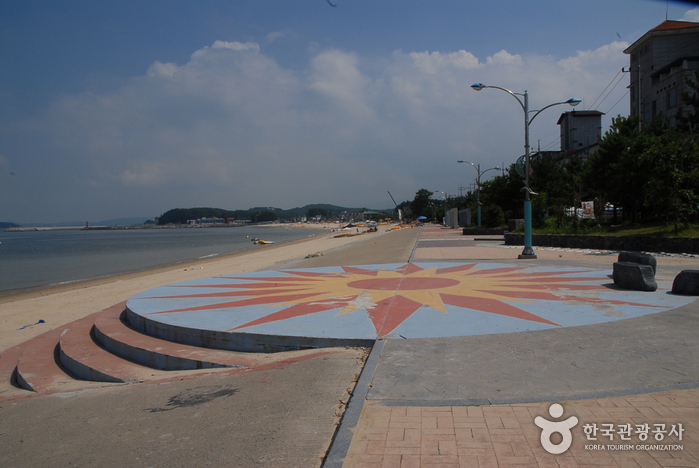
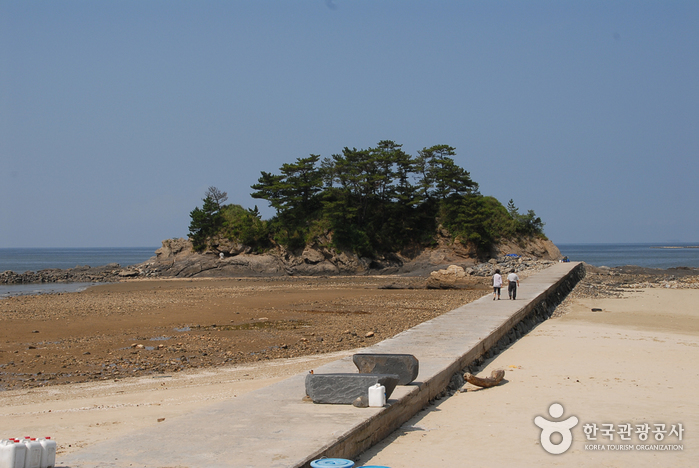

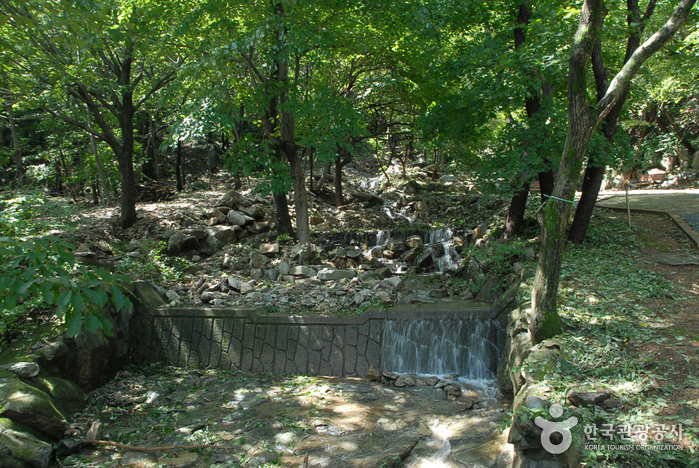
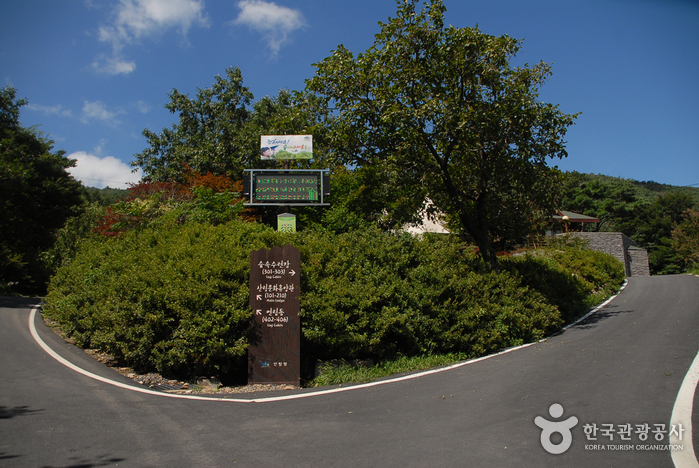
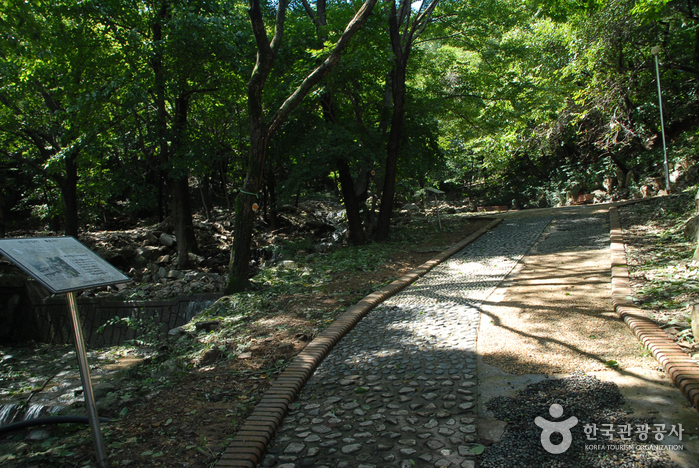
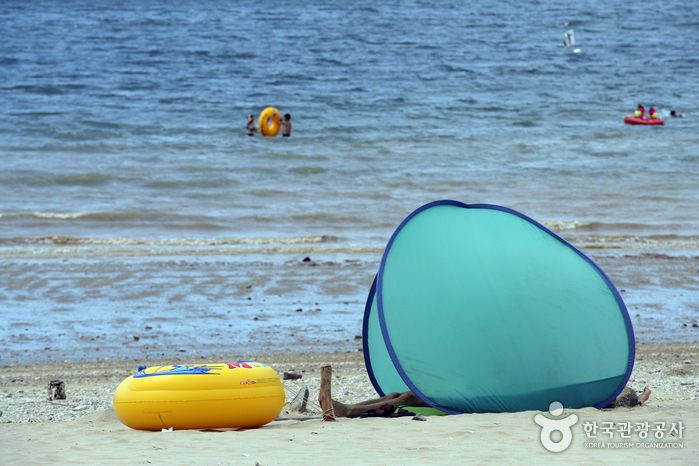
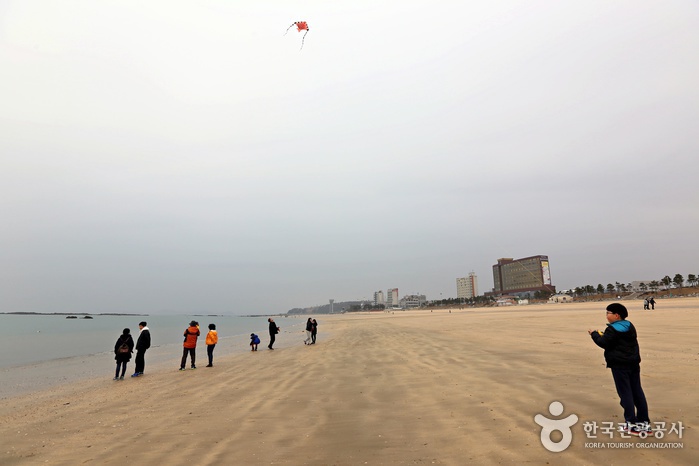
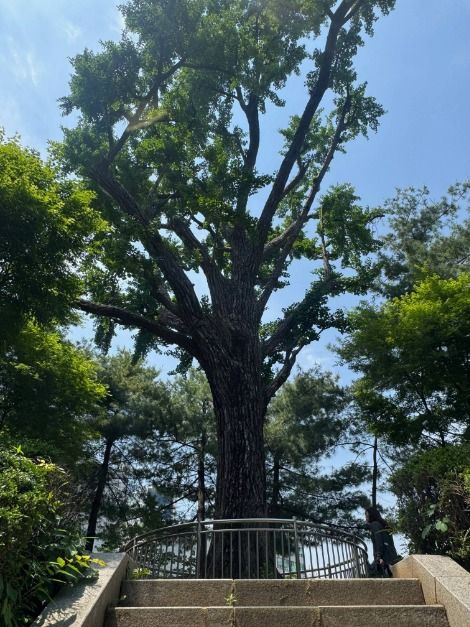
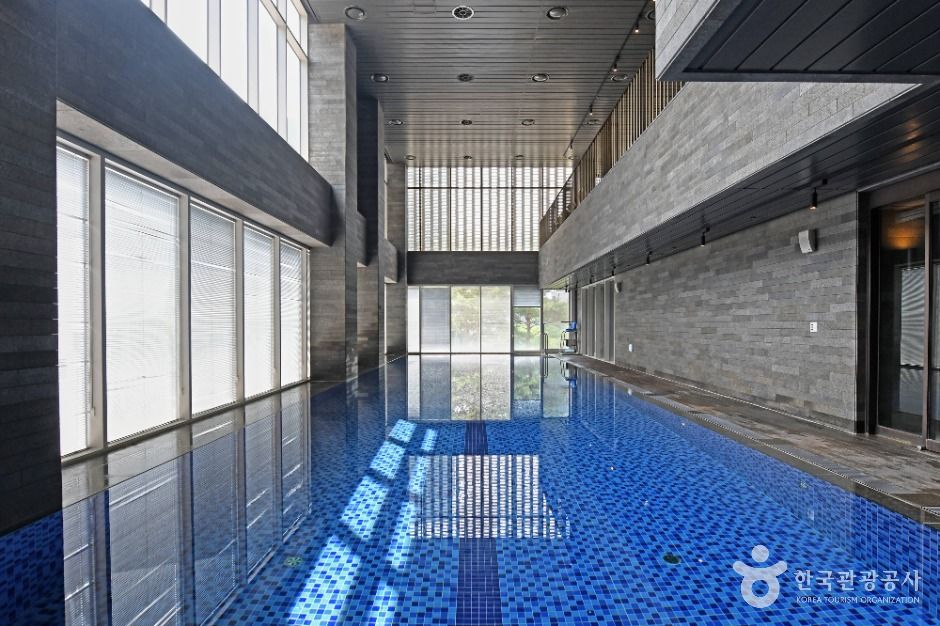
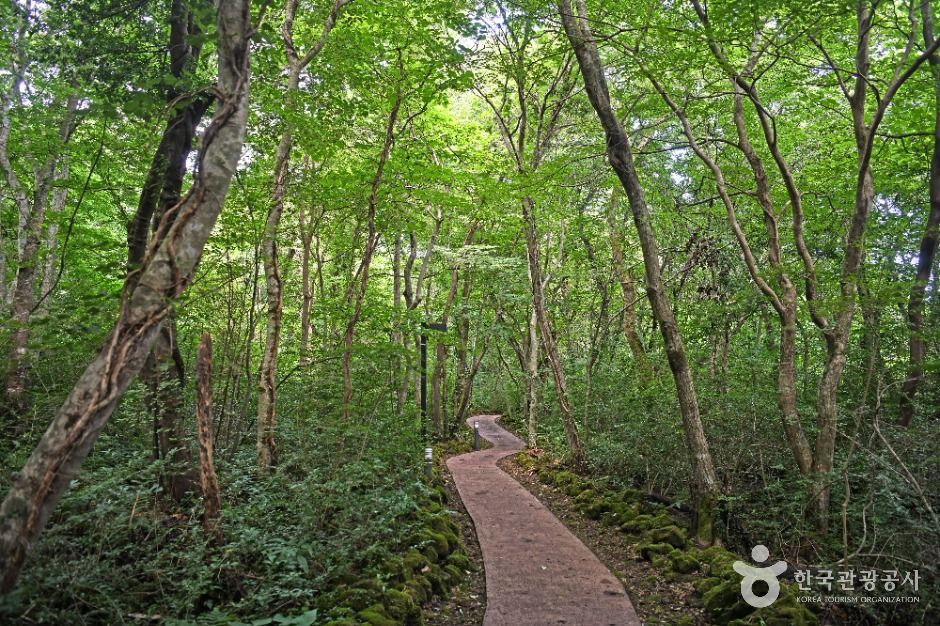
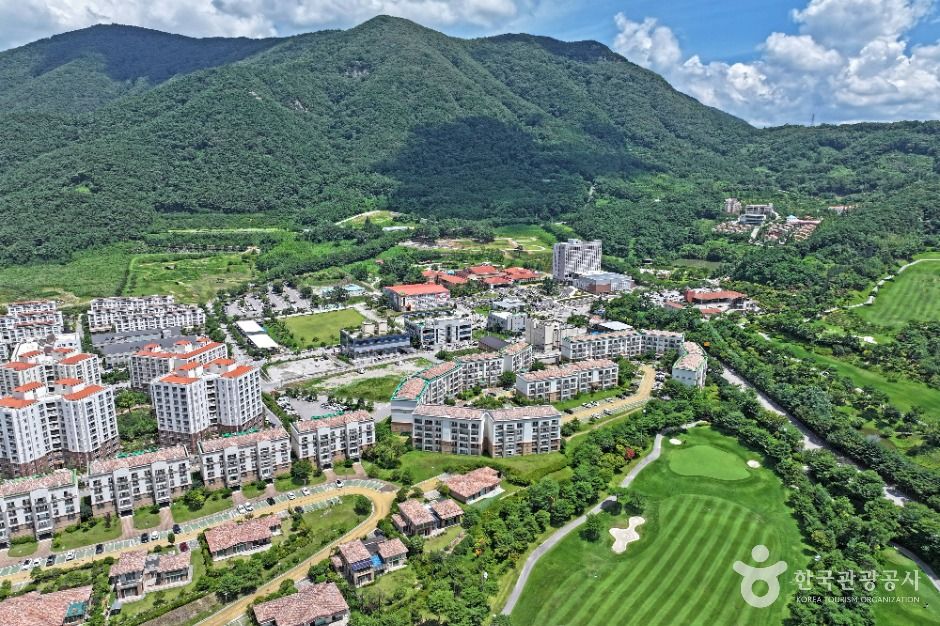
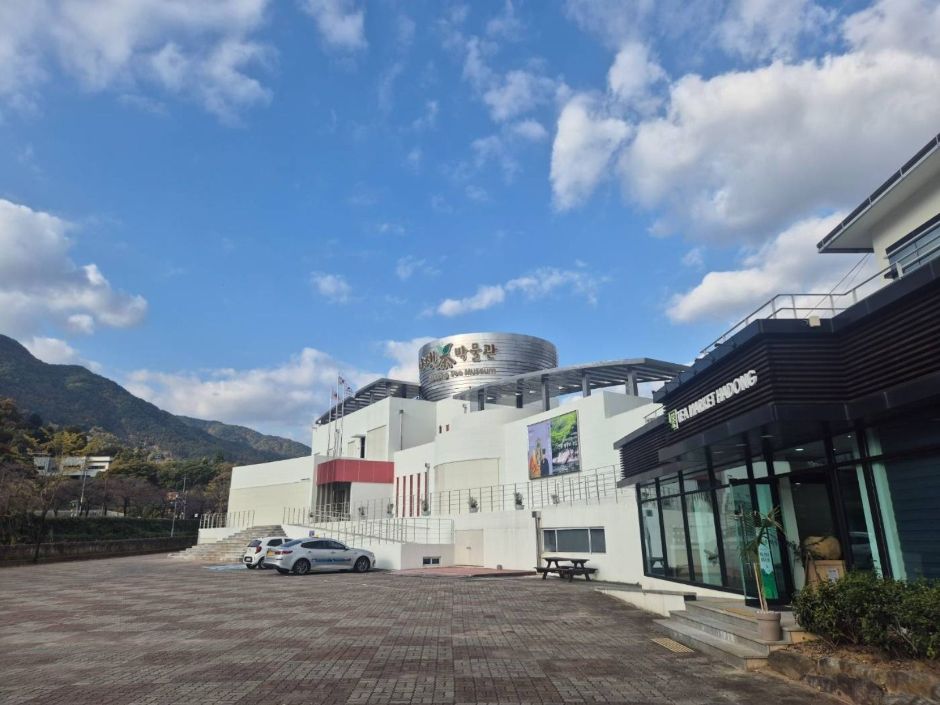
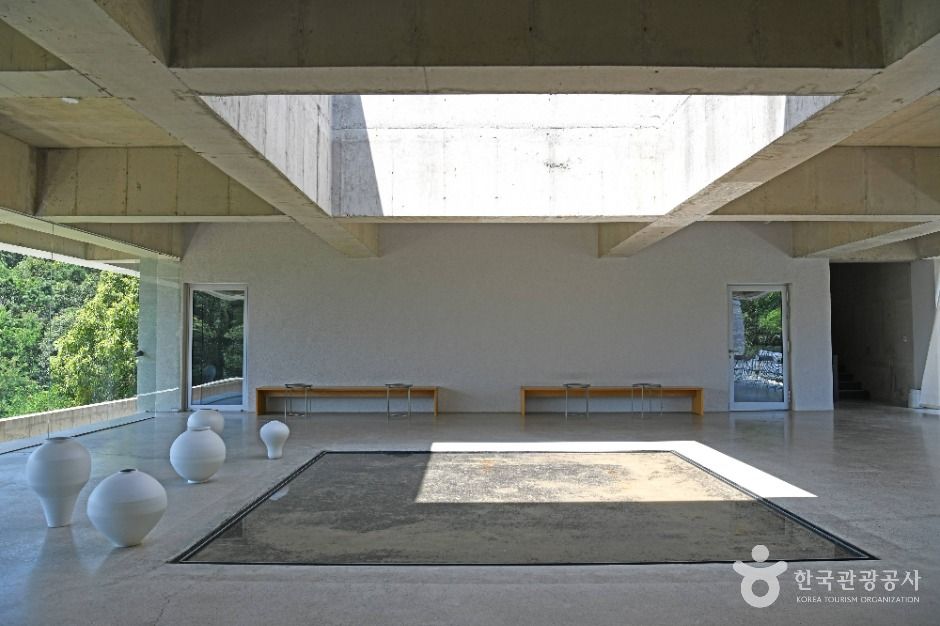


 English
English
 한국어
한국어 日本語
日本語 中文(简体)
中文(简体) Deutsch
Deutsch Français
Français Español
Español Русский
Русский